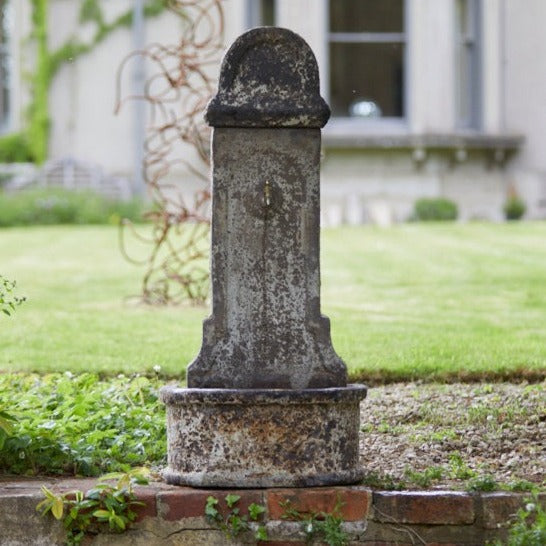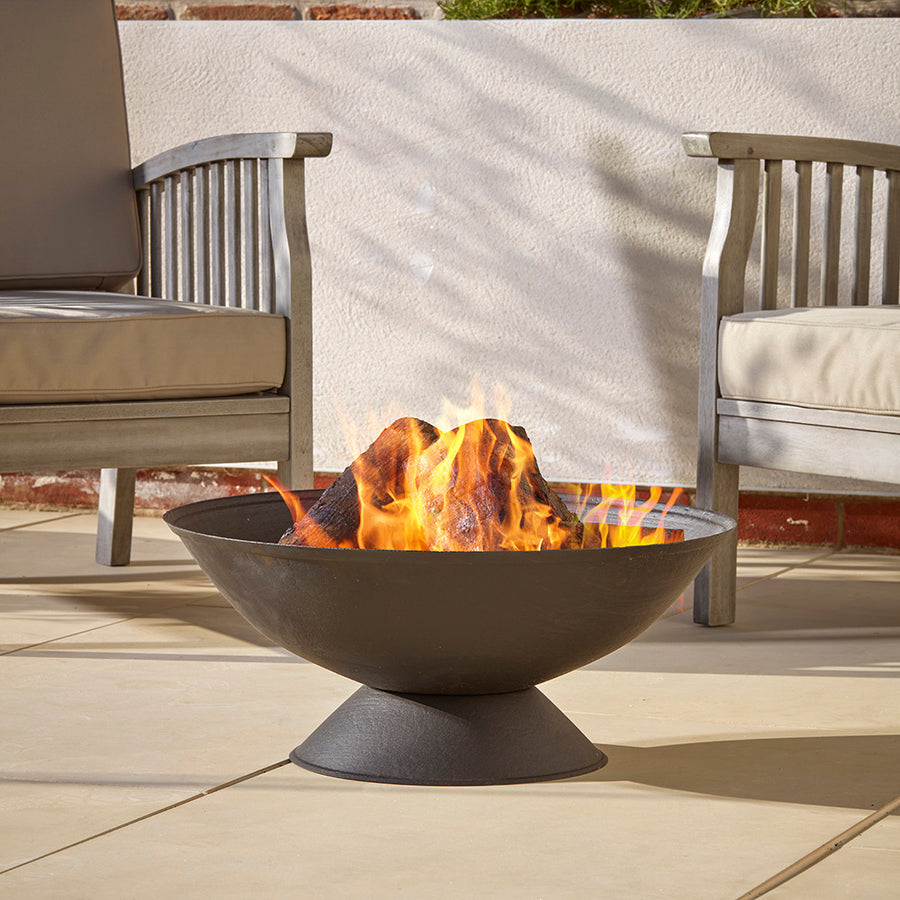Indoor gardening - what can you grow through winter
With the days getting darker and the temperature dropping, you may think that that garden has been put to bed for winter. However you don’t have to give up on gardening just because it’s cold outside. There is plenty that can still be grown in your home and, the Gardenesque team have put together some of our favourite plants which can be grown indoors.

Herbs
Herbs are easy to grow; they are so versatile that they can be grown all year round and all you need is a windowsill. Choose a window that gets sunlight four to six hours a day, ideally a southern or southwest facing windowsill. If you sow batches every few weeks and you’ll have a constant supply for continued use in the kitchen. Our top growers include:
Basil: Ideal for Italian dishes and an easy to grow aromatic that needs well drained soil and lots of sun.
Chives: Have a subtle onion flavour and are essential for garnishing potato salad, cream cheeses soups and other savoury dishes.
Coriander: A quick growing, leafy herb which is popular in full-flavoured Asian cooking.
Mint: The quintessential accompaniment to roast lamb or the taste of summer in cocktails.
Parsley: A wonderful, versatile herb with a strong flavour of the Mediterranean.
Thyme: A perennial herb with small scented leaves that is used for cooking with poultry, meat and game, and flavouring soups.
They are easy to plant too, for each herb simply fill your pot with compost, sprinkle a dozen or so seeds across the surface then lightly cover with more compost then cover with cling film until your seedlings emerge. Once mature, pick leaves regularly, which helps to create bushier plants.
Some herbs are also winter hardy and can be grown outside such as mint, parsley and rosemary. Treat them by planting in our frost proof and hard wearing Tiered Herb Planter and keep them in a sheltered position until spring.
Leafy salad greens
Home grown salad is 100% tastier and easy to grow indoors in both late autumn and winter. Lettuce, rocket, chicory, lettuce, spinach, cress, mustard, pea shoots and other crunchy leaves are easy to grow.
Leafy salad greens will happily alongside each other either in a single container or in separate pots along your windowsill. We recommend to turn the pots regularly so each side of the plant gets plenty of light in a room that is heated at between 18-22°C.
When the stems reach 15-20cm long, they are ready to eat. Cut them with scissors they keep coming back, giving you successional harvests over winter!
Micro greens
Microgreens are a really easy option because they don’t take up a lot of space, are ready to harvest very quickly and bursting with nutrients! They are simply seedlings of various vegetables that you cut and eat a couple of weeks after planting. Ideal for your windowsill your kitchen counter, they will pack a punch of flavour to any dish and suitable for even a novice gardener. Soak the seeds overnight to get them started germinating, fill a small tray with a thin layer of potting mix, then sprinkle the seeds on the surface and water daily. When seedlings reach 4-5cm tall, cut with scissors and eat raw or add to sandwiches, salads or soups – these should take no more than a fortnight to grow!

Chillies
Chillies are relatively easy to grow with their main requirement being warmth, making them an ideal plant to grow indoors over winter to add a bit of heat to your kitchen garden. Popular varieties include Apache, Cayenne, Habanero, , Jalapeño, Hot Thai, Lancer and Dorset Naga, the hottest chilli if you dare!
Chilli pepper seeds are best sown at 18-21°C (65-70°F) in pots of good seed sowing compost. Transfer to a larger pot when two leaves have developed and treat regularly to a high potassium feed, tomato food is ideal, when flowers appear. Pinch out the tips when the chilli plant gets to about 20cm high which will encourages bushy growth and better yield.
We recommend picking the fruit when they’re green if you prefer a milder heat or when they have turned red, for the ultimate in heat!
Bulbs
Indoor bulbs bring joyous colour and scent into your home over the winter period. They can be part of a festive centrepiece or home décor, filling your rooms with their invigorating fragrance. Spring bulbs like tulips, daffodils, hyacinths and others can be planted in pots to bloom indoors in late winter.
These bulbs have been specially treated to promote early flowering indoors and should be planted as soon as possible after purchase. Varieties such as Daffodil ‘Paper White’ and ‘Sir Winston Churchill’, Tulip ‘Red Riding Hood’ as well as Hyacinth ‘Delft Blue’ and ‘Pink Pearl’ have been prepared for growing indoors.
If growing indoors, the bulbs need a chilling period to bloom. Plant your bulbs in a large container filled with multi-purpose or bulb compost. Make sure to plant the tips of the bulbs just above the surface, as this provides a good depth of compost for the roots to develop properly and water, keeping the compost moist. Place your potted bulbs in a cool, dark place for 6 weeks in a temperature of 10°C or below. When the shoots are about 5 cm tall, move the container into a warm and light position.

Another popular winter bulb that people like to grow is Amaryllis. They are the perfect indoor bulbs to add Christmas colour or to provide festive cut flowers. Left to flower naturally amaryllis bulbs will bloom between winter and spring but they are most often grown as spectacular festive pot plants.
What festive foliage are you growing? Let us know with the hashtag #gardenesquegarden.


























